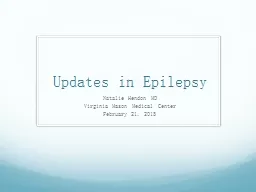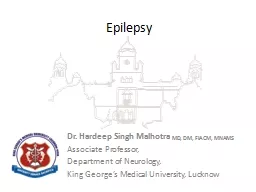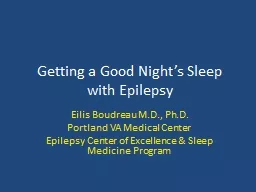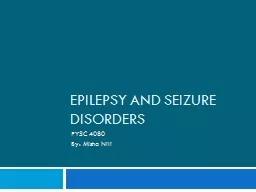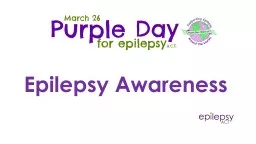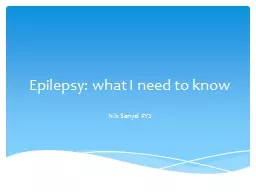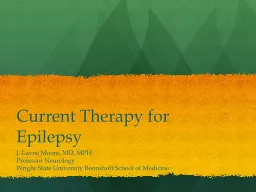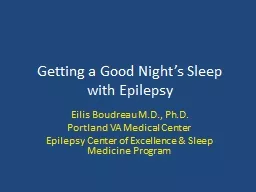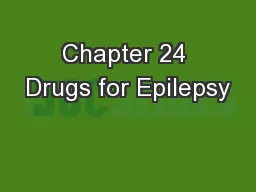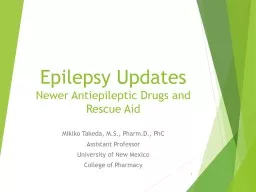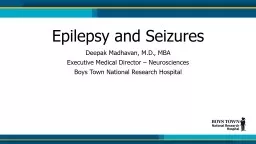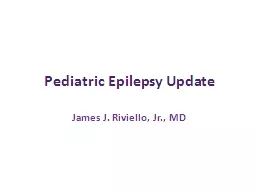PPT-Updates in Epilepsy
Author : faustina-dinatale | Published Date : 2016-07-13
Natalie Hendon MD Virginia Mason Medical Center February 21 2015 Learning Objectives Medical use of cannabis 2700 BCE Chinese physicians Treatment of menstrual
Presentation Embed Code
Download Presentation
Download Presentation The PPT/PDF document "Updates in Epilepsy" is the property of its rightful owner. Permission is granted to download and print the materials on this website for personal, non-commercial use only, and to display it on your personal computer provided you do not modify the materials and that you retain all copyright notices contained in the materials. By downloading content from our website, you accept the terms of this agreement.
Updates in Epilepsy: Transcript
Download Rules Of Document
"Updates in Epilepsy"The content belongs to its owner. You may download and print it for personal use, without modification, and keep all copyright notices. By downloading, you agree to these terms.
Related Documents

